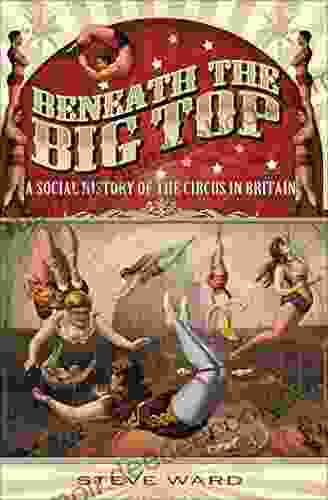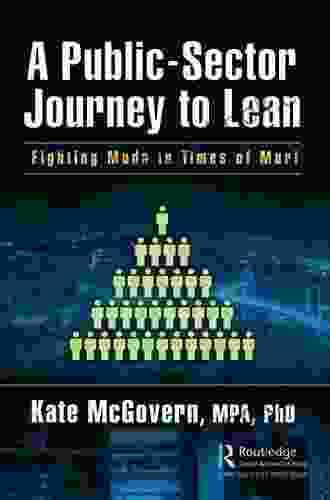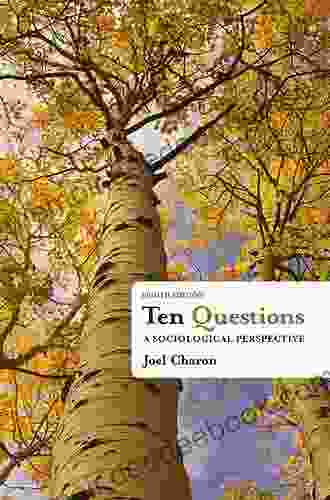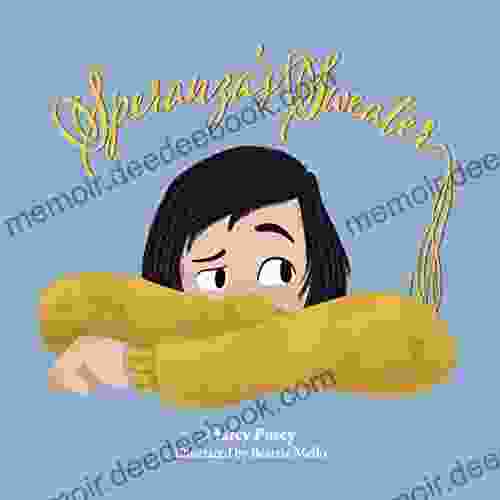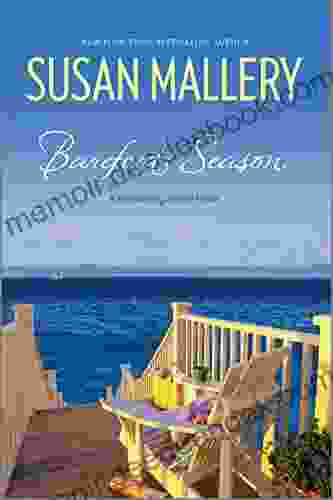The circus has been a beloved form of entertainment in Britain for centuries. From its humble beginnings in the 18th century, it has evolved into a vibrant and diverse art form that continues to captivate audiences today.
4 out of 5
| Language | : | English |
| File size | : | 45922 KB |
| Text-to-Speech | : | Enabled |
| Enhanced typesetting | : | Enabled |
| Word Wise | : | Enabled |
| Print length | : | 388 pages |
| Lending | : | Enabled |
| Screen Reader | : | Supported |
Early History
The circus can trace its roots back to ancient Rome, where chariot races and gladiatorial contests were popular forms of entertainment. In the Middle Ages, traveling performers such as jugglers, acrobats, and clowns entertained the masses at fairs and festivals.
The first modern circus was founded in London in 1768 by Philip Astley, a former cavalryman. Astley's circus featured equestrian acts, acrobats, and clowns, and it quickly became a popular attraction.
The Golden Age
The 19th century was the golden age of the circus in Britain. Traveling circuses became increasingly popular, and many new and innovative acts were developed.
One of the most famous circuses of this period was Sanger's Royal British Circus, which was founded in 1807. Sanger's circus was known for its lavish productions and its star performers, such as the Great Grimaldi, who was considered one of the greatest clowns of all time.
Decline and Revival
The popularity of the circus began to decline in the early 20th century, due to the rise of new forms of entertainment such as cinema and television.
However, the circus has experienced a revival in recent years, thanks to the efforts of dedicated performers and producers. Today, there are a number of successful circuses operating in Britain, including Cirque du Soleil and Circus Roncalli.
The Modern Circus
The modern circus is a diverse art form that incorporates elements from a variety of traditions, including acrobatics, dance, theater, and music.
Contemporary circuses often focus on creating immersive and engaging experiences for audiences. They may feature elaborate sets, stunning costumes, and cutting-edge technology.
Social Impact
The circus has had a significant social impact throughout its history. It has provided entertainment and escapism for people of all ages and backgrounds.
The circus has also been a force for social change. In the 19th century, circuses were often used to promote education and literacy. They also played a role in the abolition of slavery and the fight for women's rights.
The circus is a vibrant and evolving art form that has played an important role in British society for centuries. From its humble beginnings in the 18th century, it has grown into a diverse and popular form of entertainment that continues to captivate audiences today.
The modern circus is a testament to the enduring power of live performance. It is an art form that brings people together and creates shared experiences that can last a lifetime.



